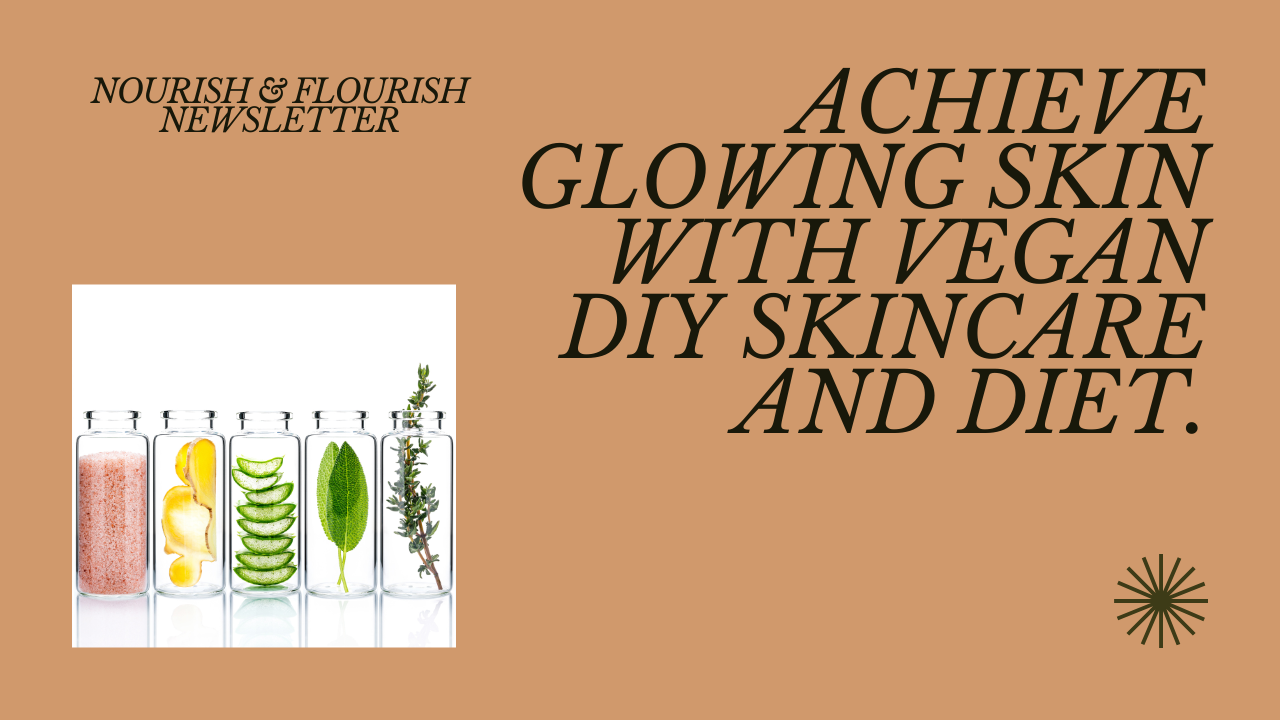Adopting a plant-based diet is increasingly popular for those seeking sustainable weight loss. The science supports this trend, with evidence linking plant-based eating to a lower body mass index (BMI) and a healthier weight profile. To embark on this journey effectively, consider these expert-endorsed strategies:
- Consistent Eating: Don’t skip meals. Plant-based diets are less calorie-dense, making it necessary to eat adequate amounts to fulfill caloric and nutritional needs.
- Embrace Whole Grains: Whole grains like oats are nutritional powerhouses, offering fiber and protein—a half-cup serving provides 15% of the daily fiber value and 5 grams of protein.
- Oil Mindfulness: Oils, even plant-based ones, are high in calories. Limiting or avoiding oils can aid in reducing overall caloric intake. Use cooking spray for sautéing,
- Processed Foods: Highly processed foods and “fake meats” are often calorie-dense and nutrient-poor. Focus on whole, unprocessed plant foods for optimal health benefits.
- Intuitive Eating Over Calorie Counting: While calorie counting can educate about food values, the goal should be to develop an intuitive eating style, focusing on whole-food nourishment.
- Perseverance is Key: Dietary changes take time and effort. Maintain your changes and focus on the overarching goal of health and well-being.
Specific foods to emphasize in a weight-loss oriented plant-based diet include:
- Fruits: Apples, bananas, citrus, berries, grapes2.
- Vegetables: Broccoli, leafy greens, peppers, avocados, zucchini, carrots, cauliflower2.
- Legumes: Beans, lentils, chickpeas2. High in protein, fiber and B vitamins.
- Nuts and Seeds: For healthy fats and protein2, but limit them.
- Plant Oils: In moderation, such as olive, walnut, avocado oil2.
- Soy Foods: Edamame, tofu, tempeh for protein2.
The Holistic Benefits of a Plant-Based Diet for Weight Loss
Embracing a plant-based diet for weight loss extends beyond shedding pounds; it’s a conduit to overall health enhancement. Here’s an exploration of its multifaceted benefits:
- Cancer Risk Reduction: A plant-based diet has been shown over two decades to lower the risk of various cancers, thanks to a high intake of vegetables, whole grains, and fruits, which are fundamental in such a diet1.
- Weight Management: By focusing on plants, many high-calorie foods that contribute to weight gain are naturally eliminated, promoting a healthy weight, which is crucial for reducing cancer risks and achieving balance1.
- Nutritional Richness: Plant foods are rich in phytochemicals and antioxidants, which support the immune system and reduce inflammation, protecting against a myriad of health issues1. This is especially true of leafy green vegetables like kale, broccoli, chard and spinach.
- Cardiovascular and Diabetic Health: The high fiber content in plants aids in gut health, cholesterol reduction, and blood sugar stabilization, which are essential for preventing heart disease, stroke, and diabetes1.
- Mindful Consumption: A plant-based diet also necessitates mindful eating habits, avoiding processed foods, excessive sugar, and unhealthy fats, further enhancing its weight-loss efficacy1.
A plant-based diet offers many advantages to a weight loss strategy including major health benefits. And with all the vegan options available in store and dining out you don’t need to feel deprived in anyway.
FOOTNOTES:
- Everyday Health: Offers insights into the benefits and implementation of plant-based diets for weight loss, supported by various studies (Everyday Health).
- Whole Harvest: Provides a guide for beginners on a WFPB diet with tips for weight loss, including a focus on whole grains and avoiding processed foods (Whole Harvest).
- MD Anderson Cancer Center – Plant-Based Diet Benefits: “But there is one diet that is consistently proven, over more than two decades, to reduce your risk for cancer. It is a plant-based diet.” To delve deeper into the research and findings, you can explore more through the American Institute for Cancer Research Blog1.





